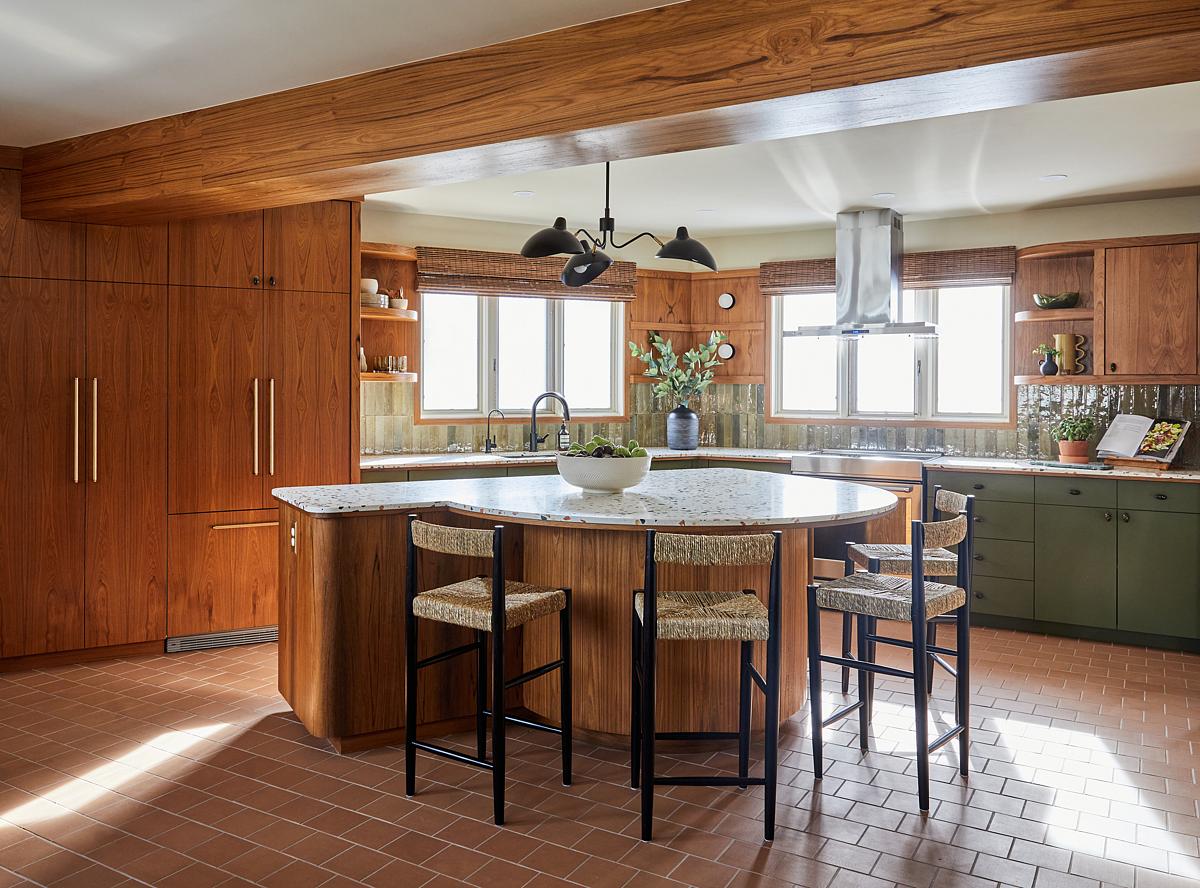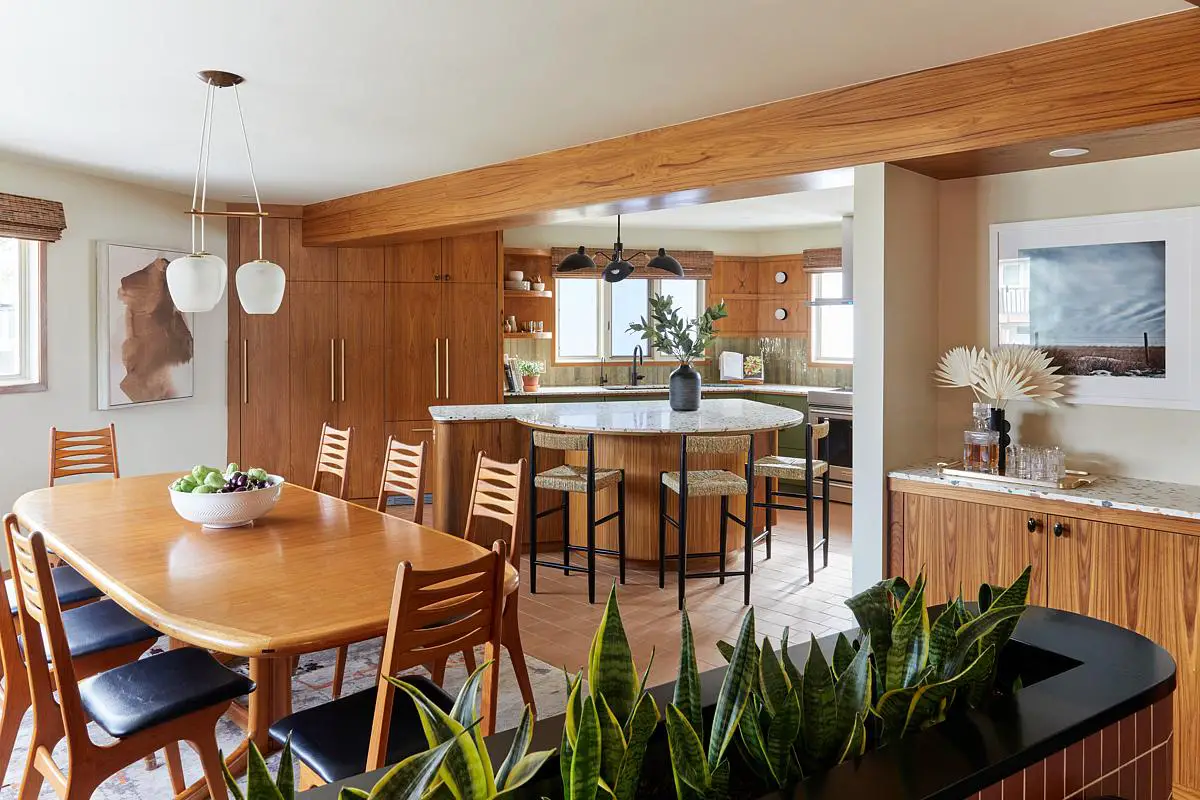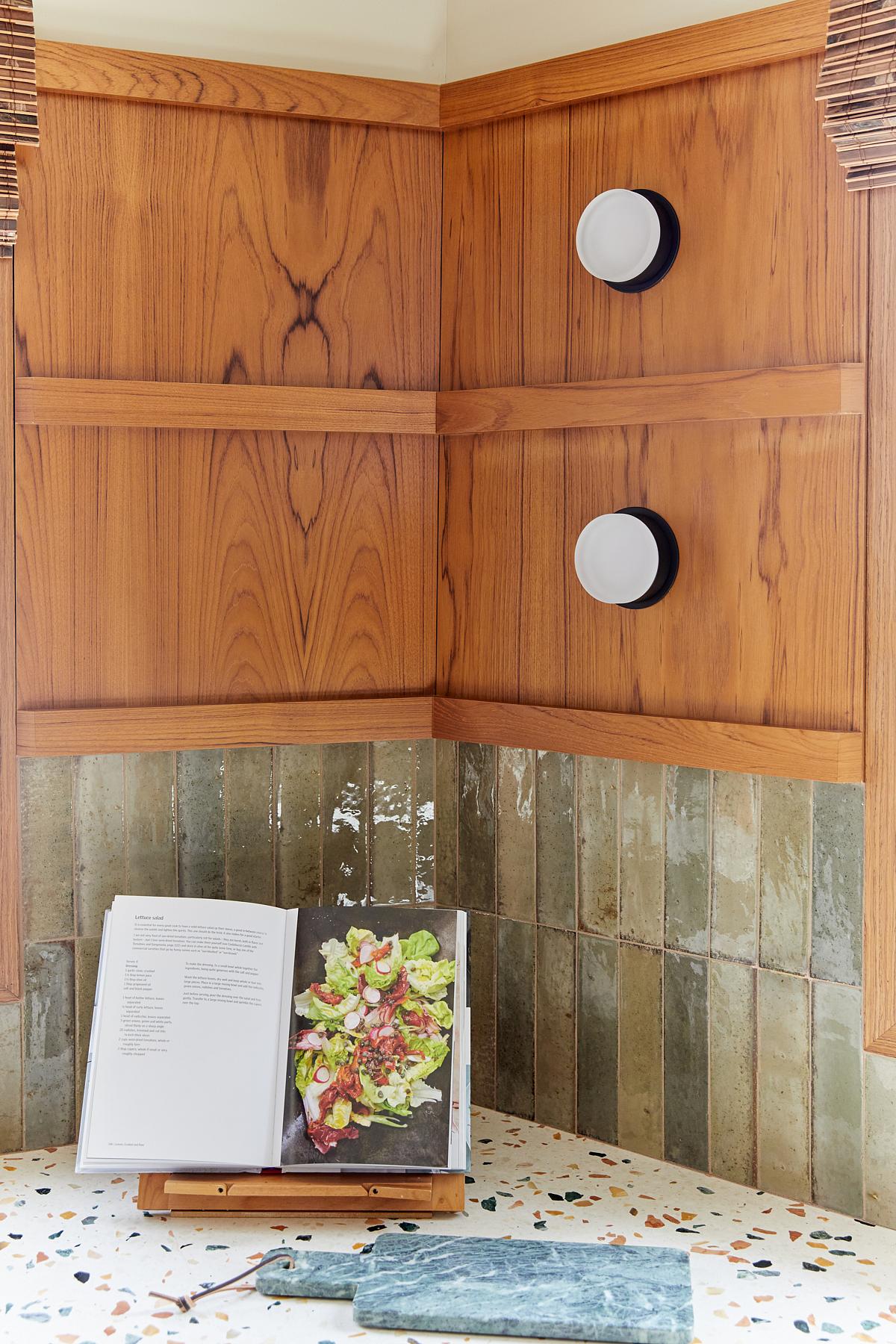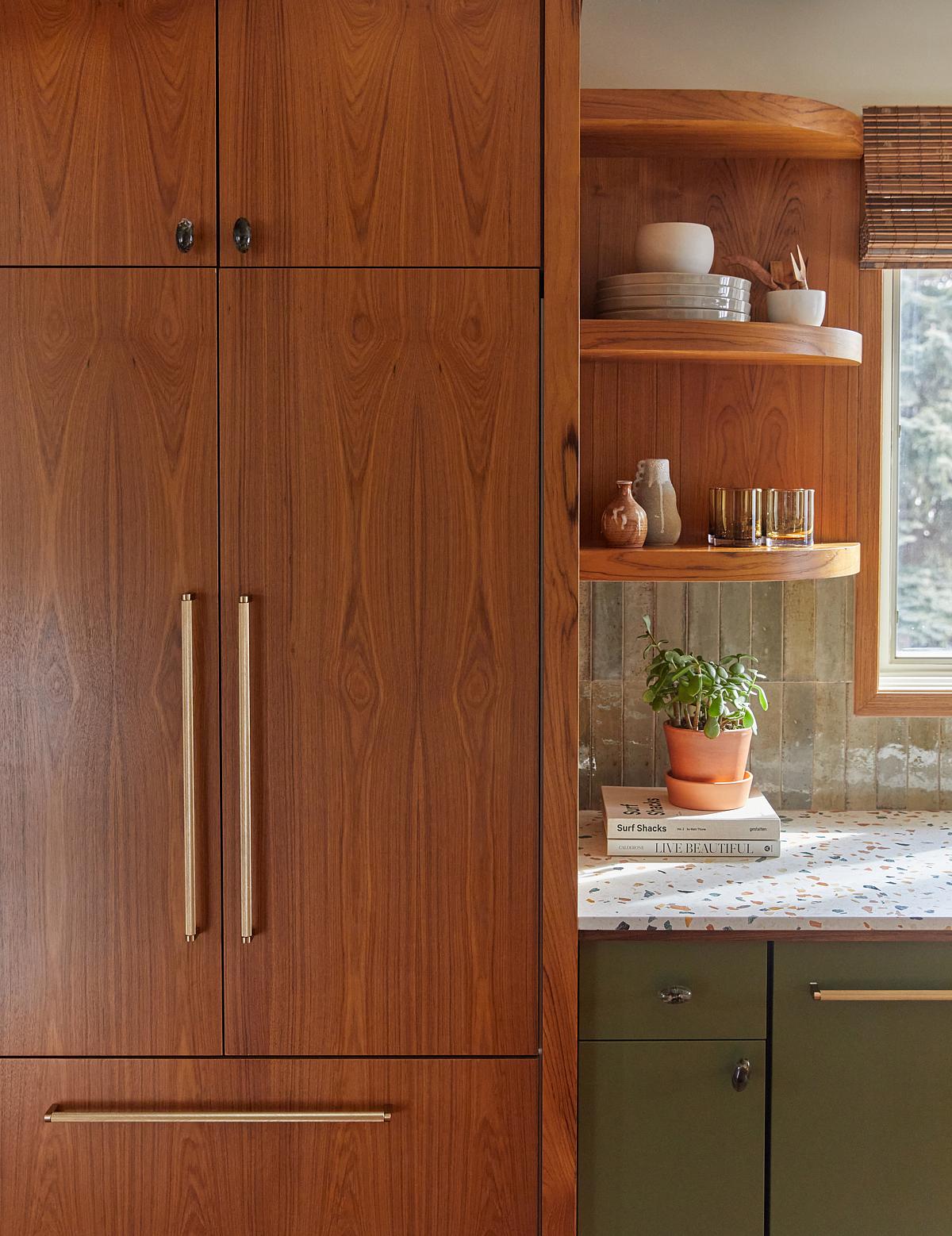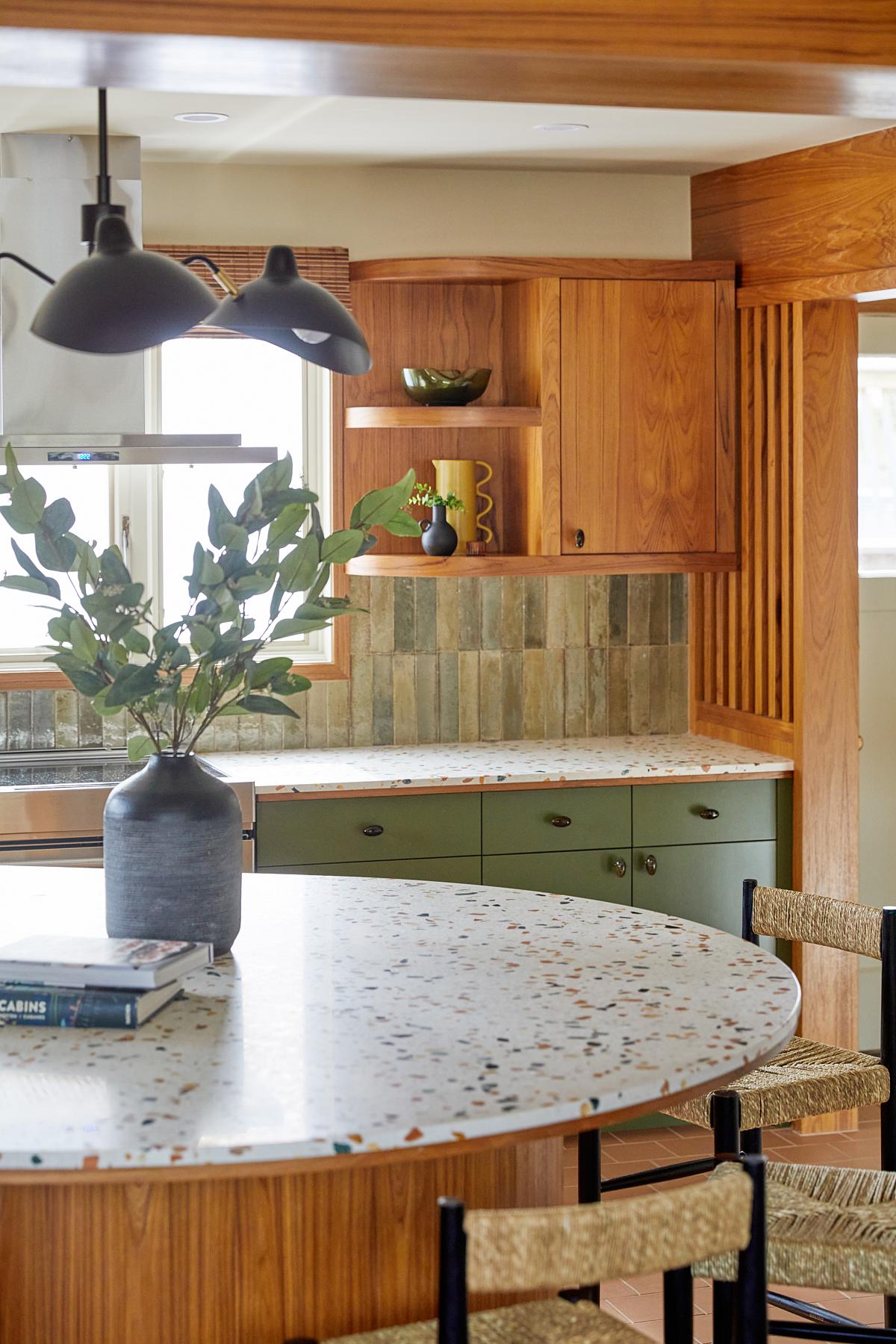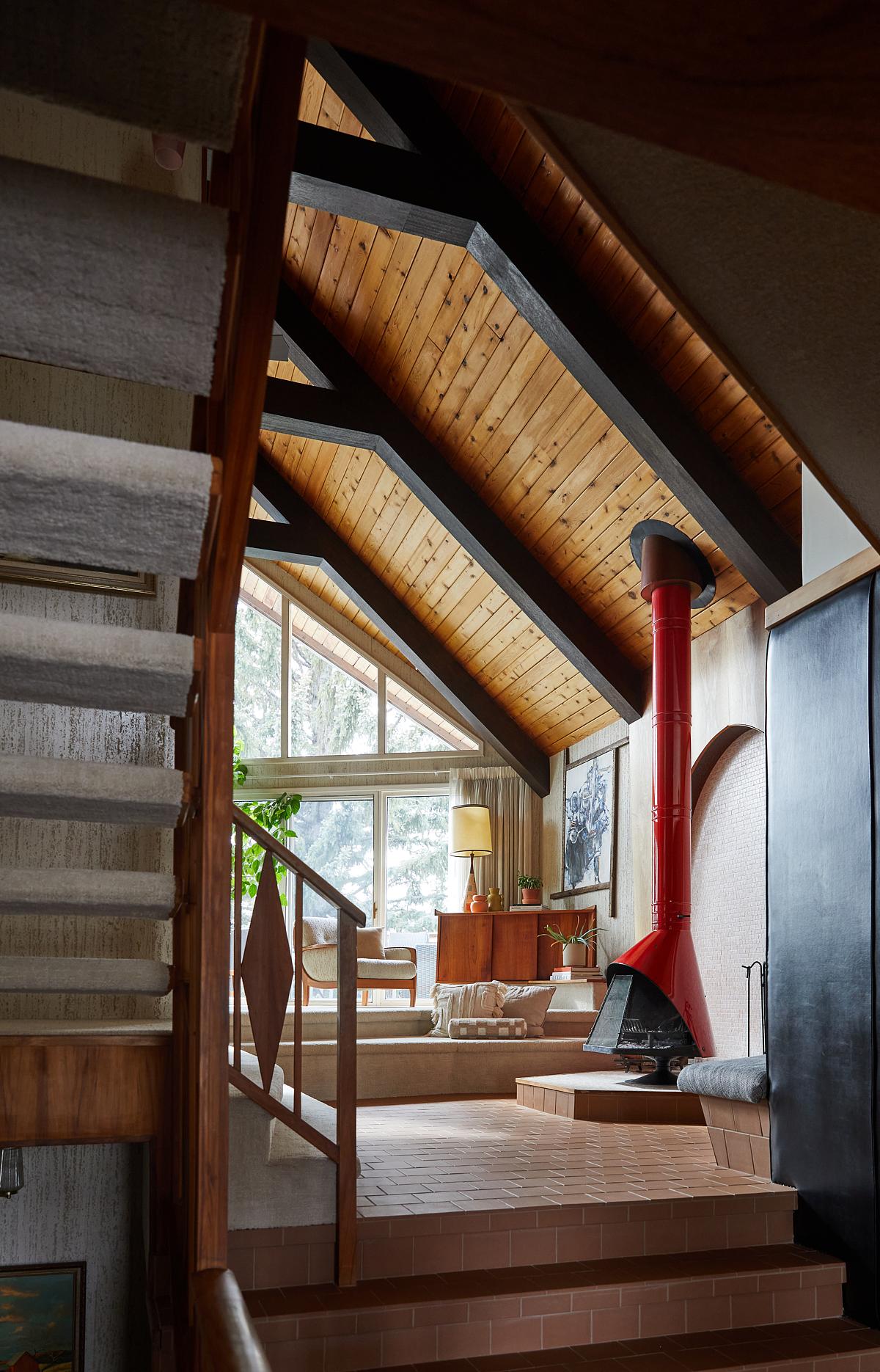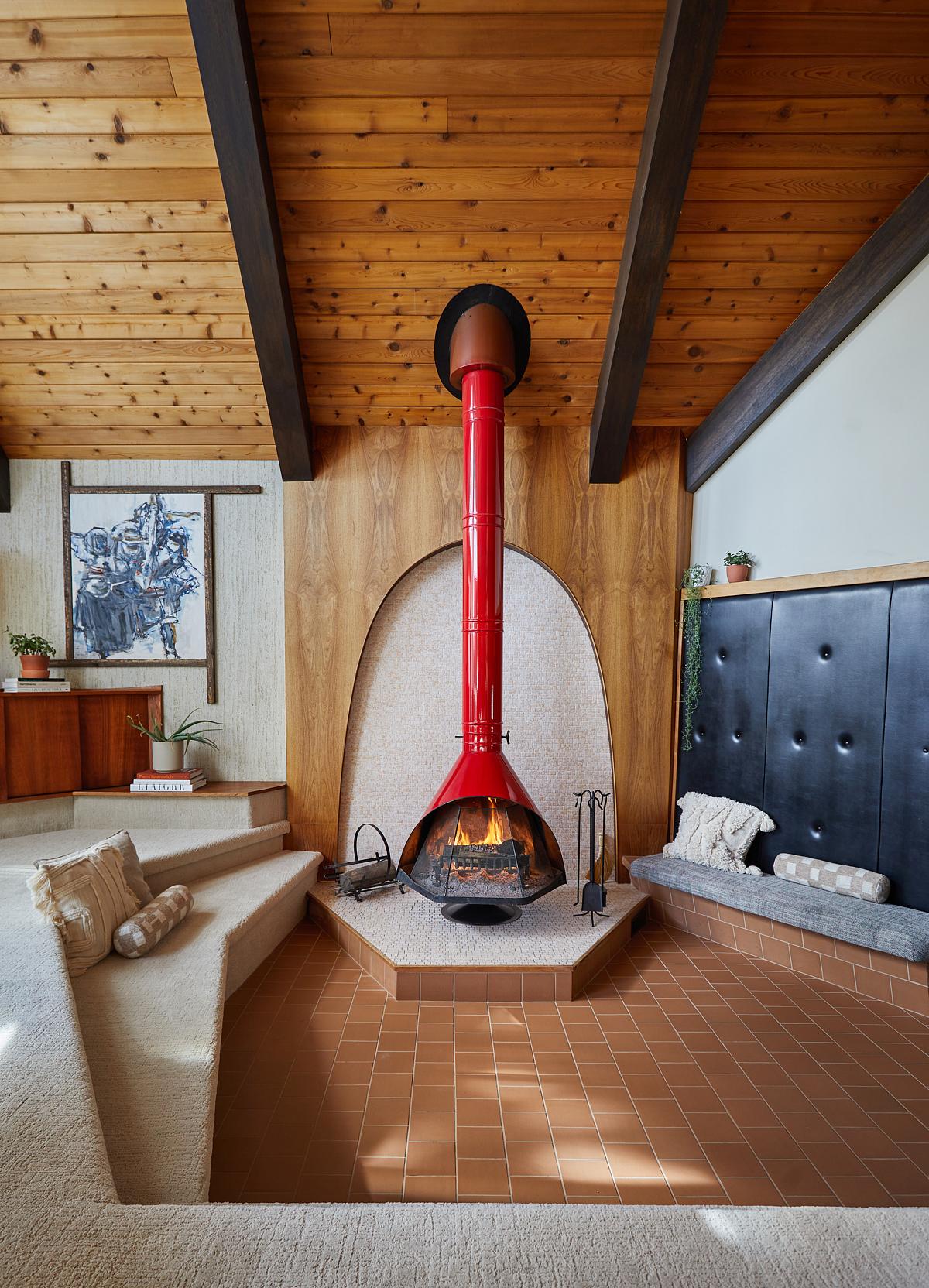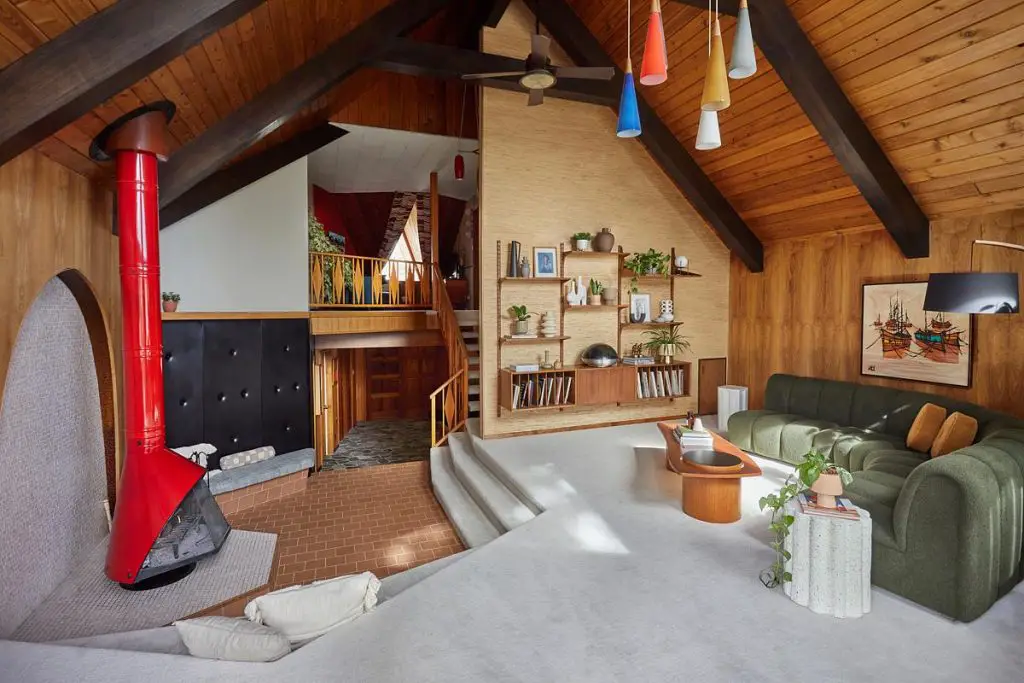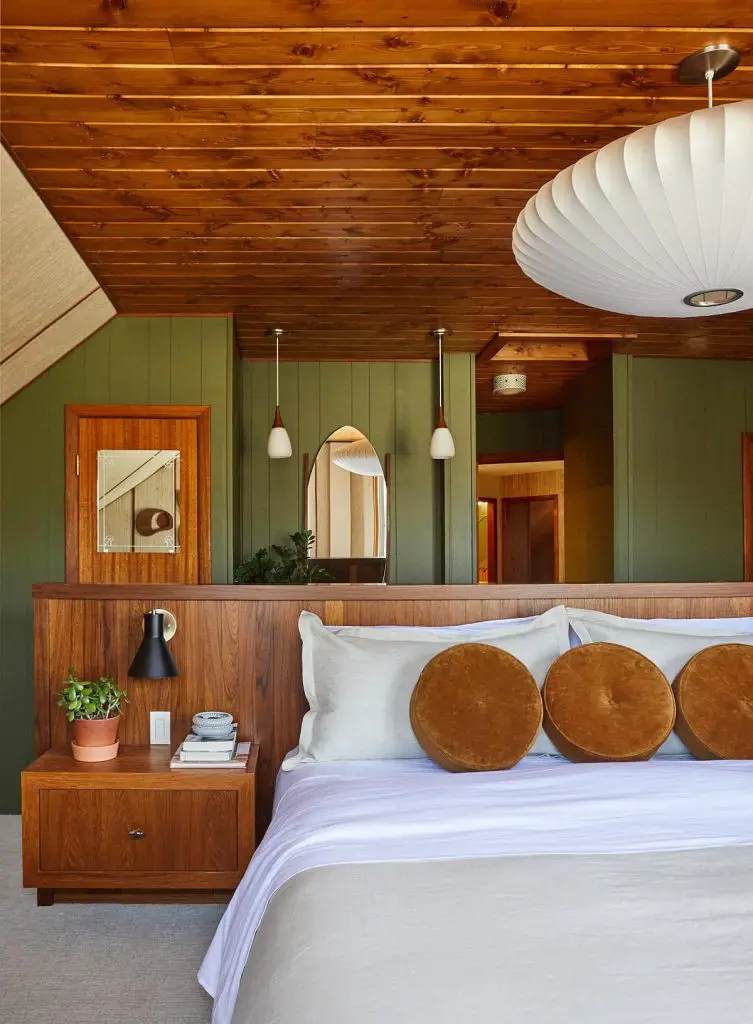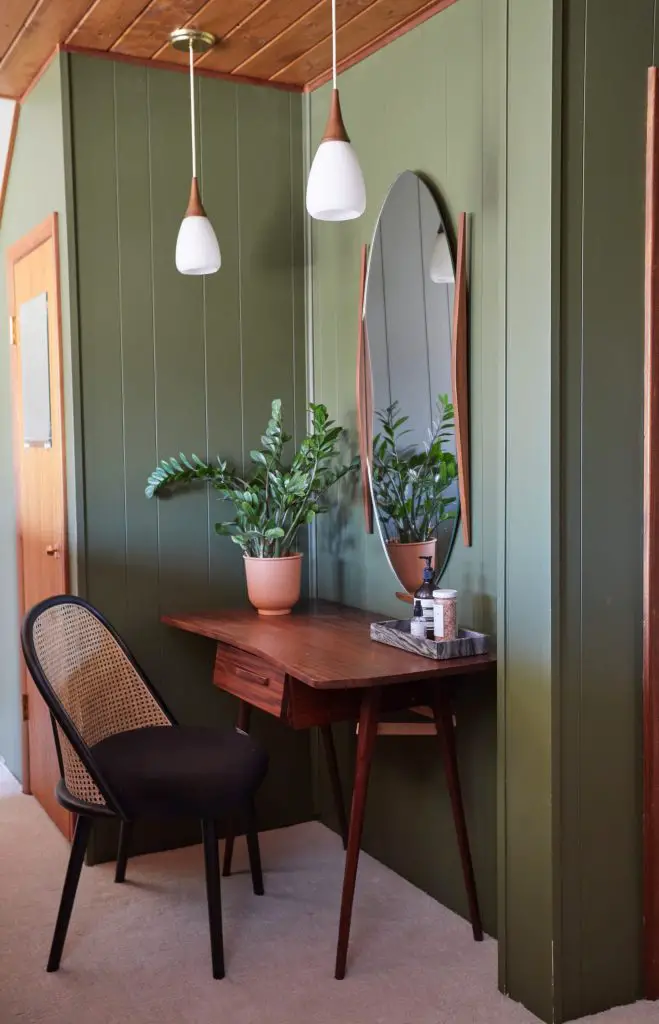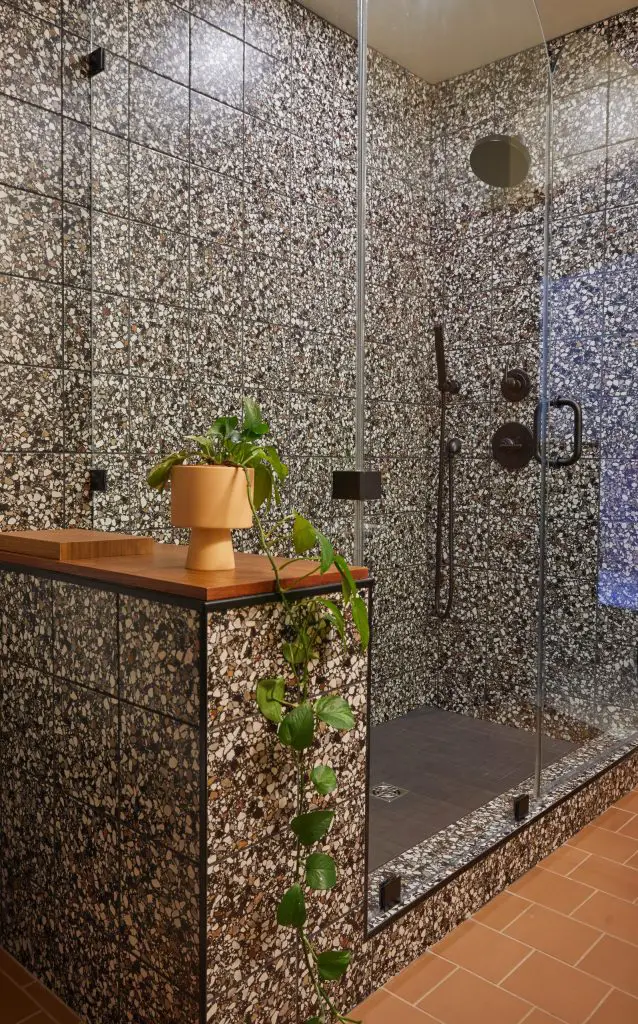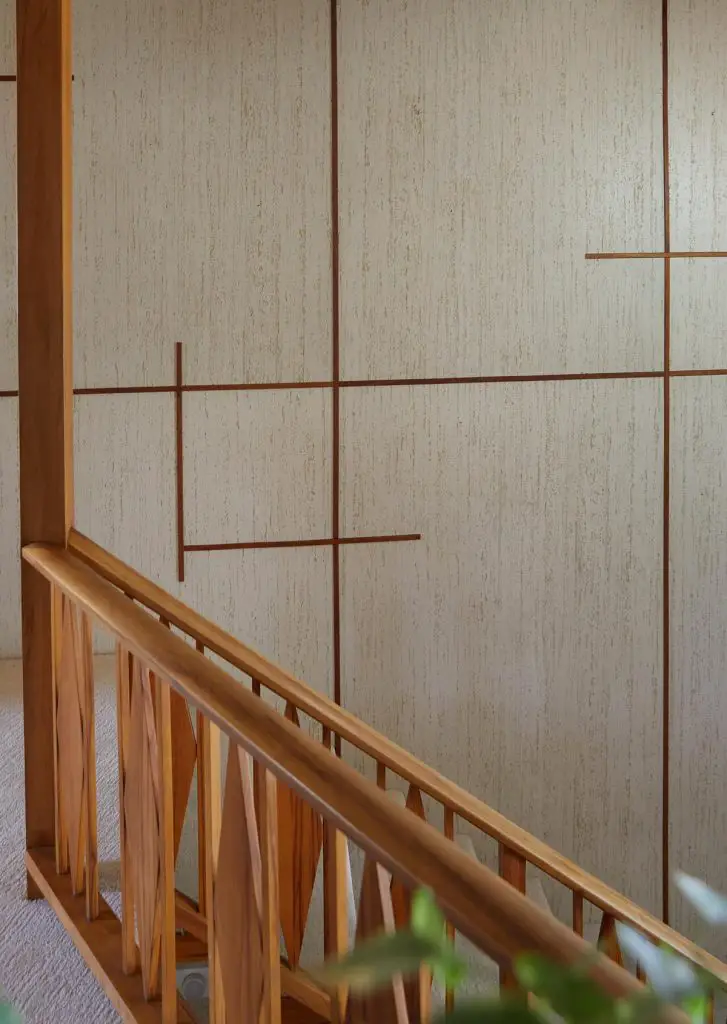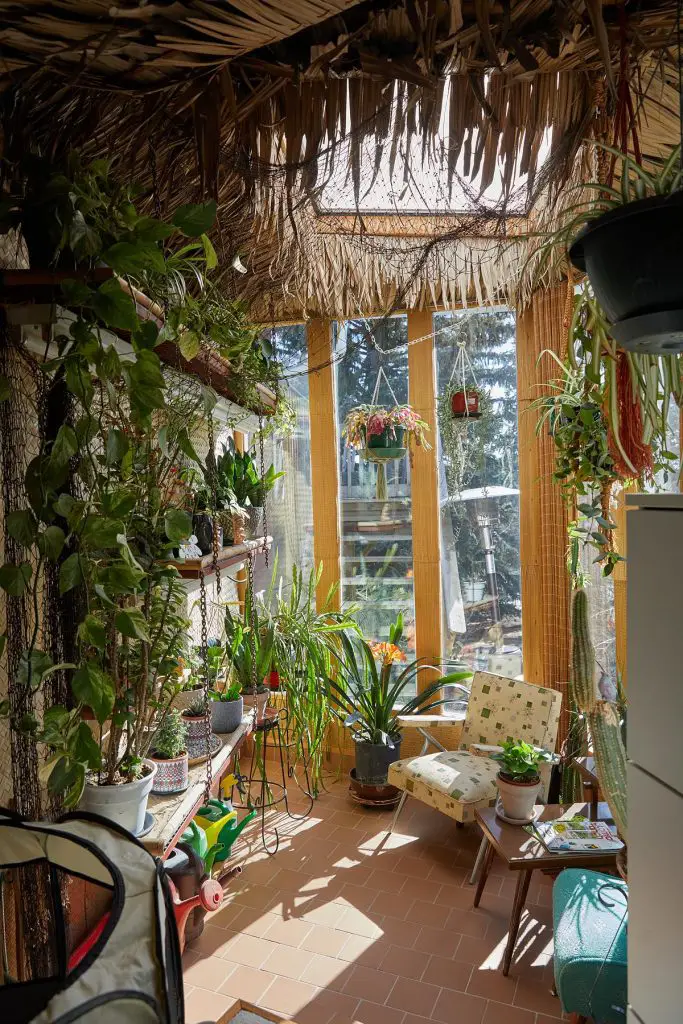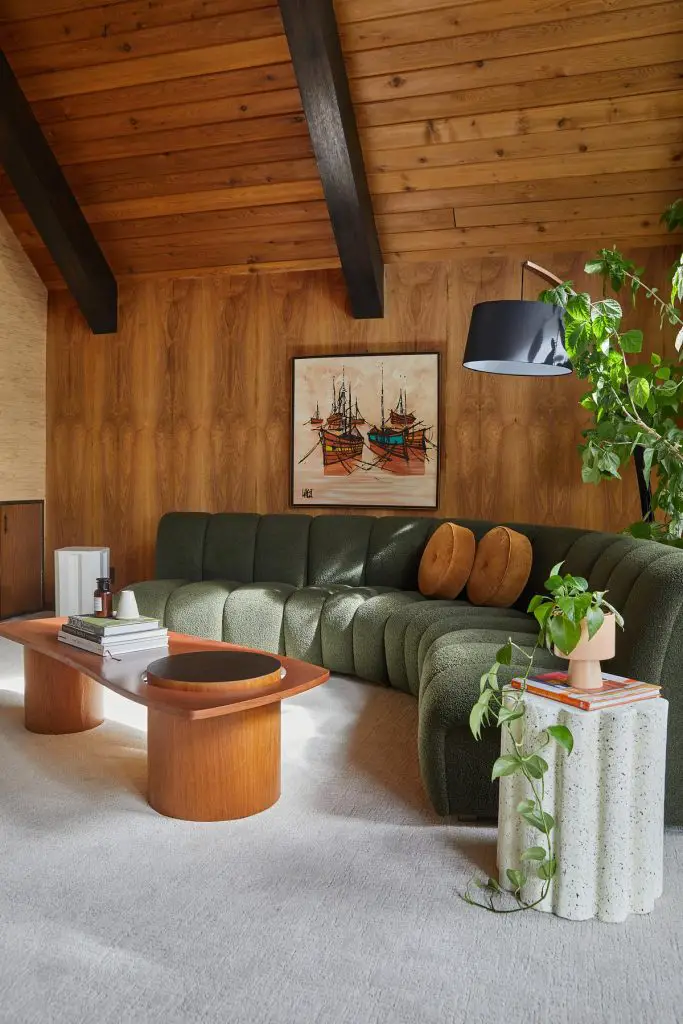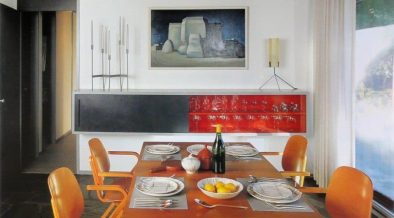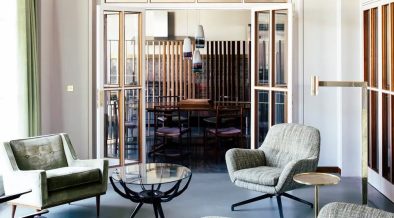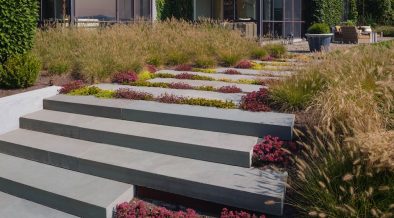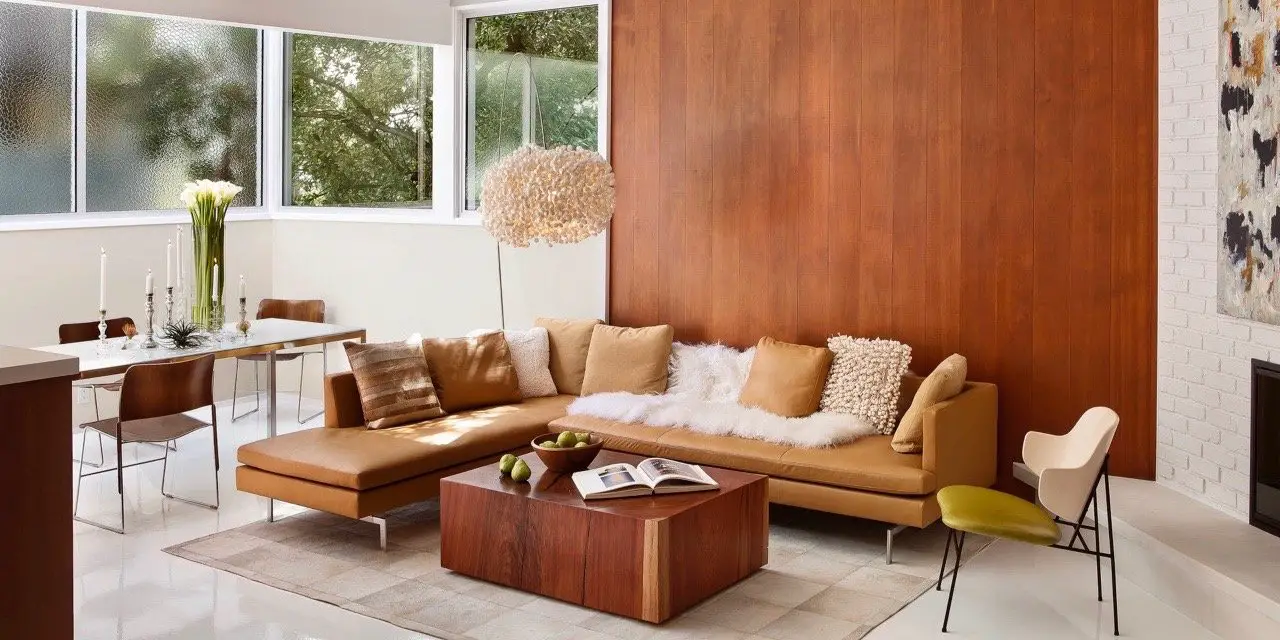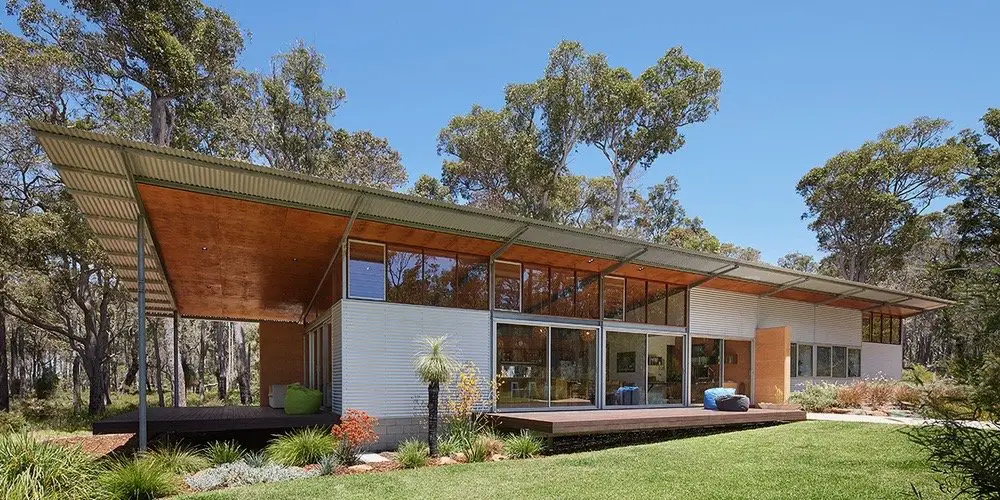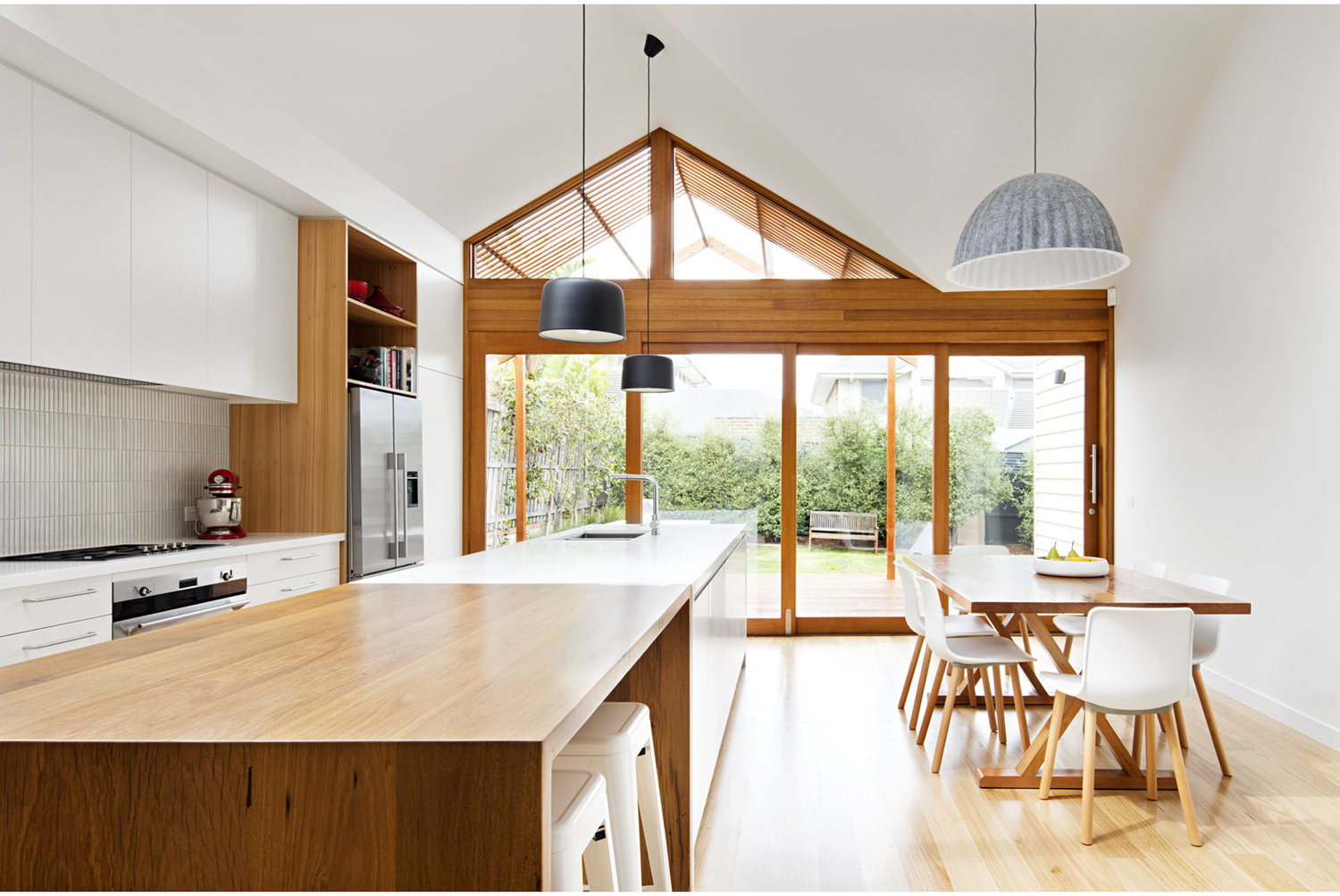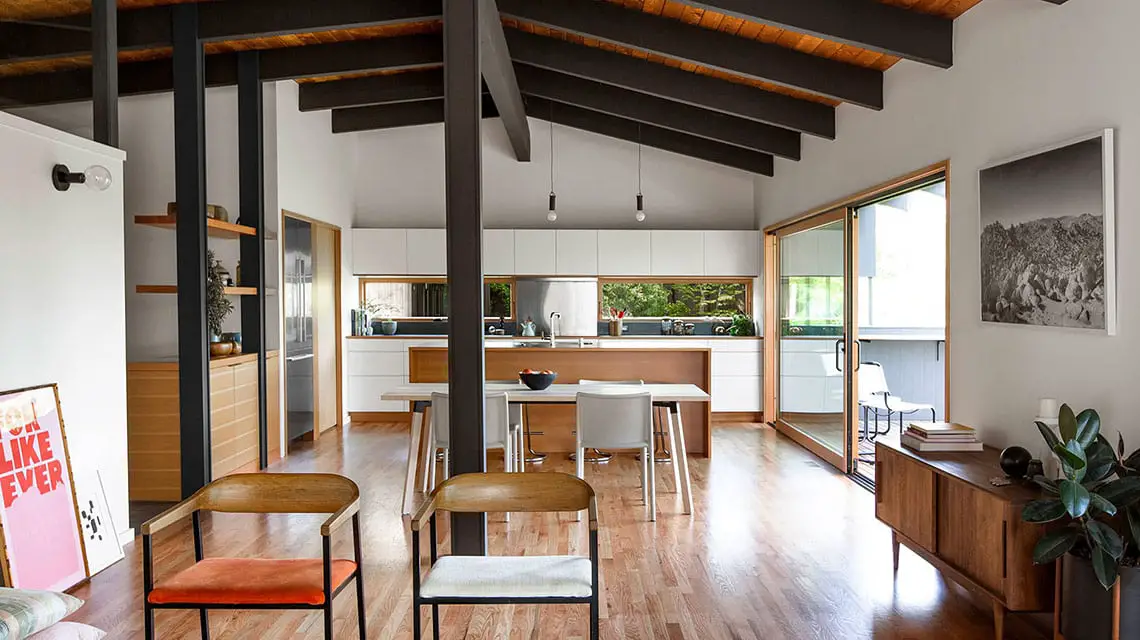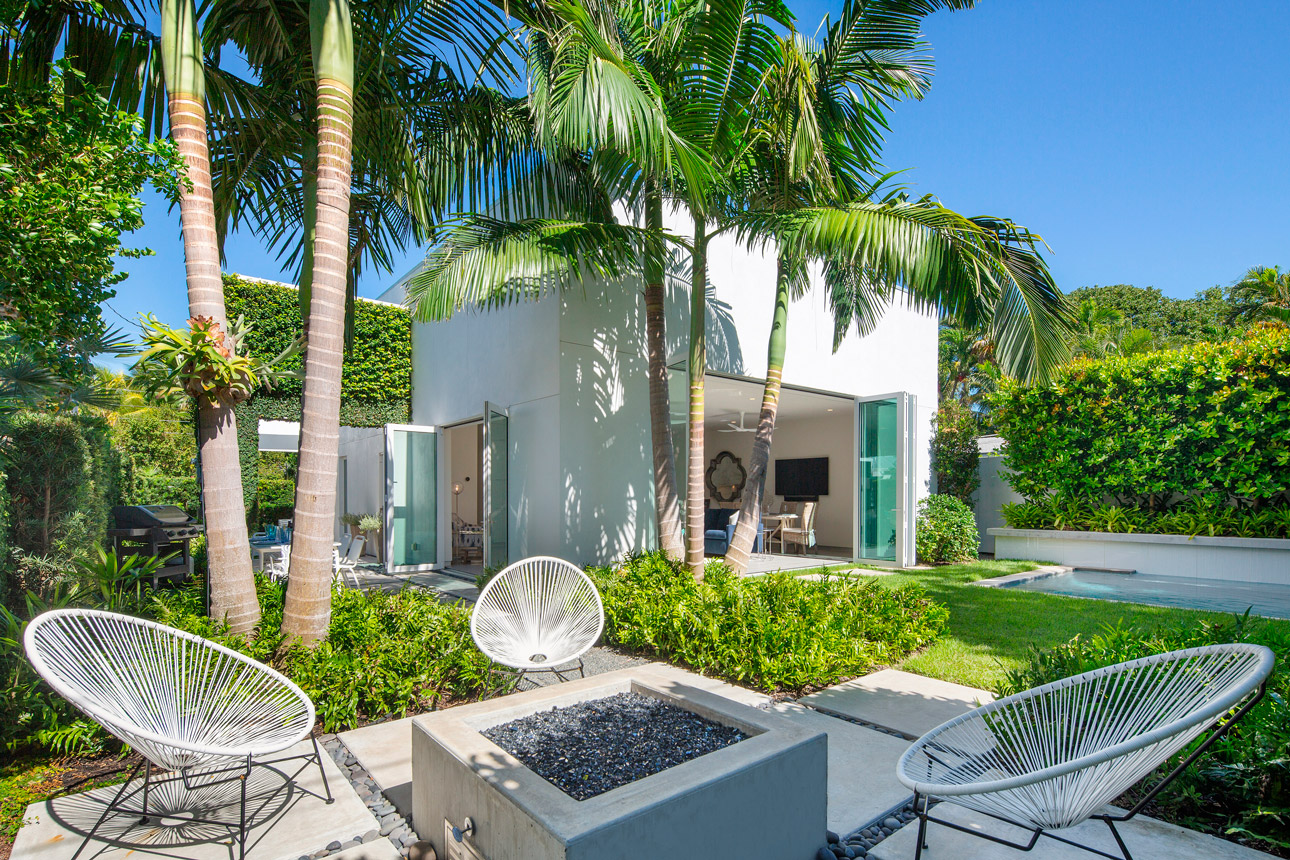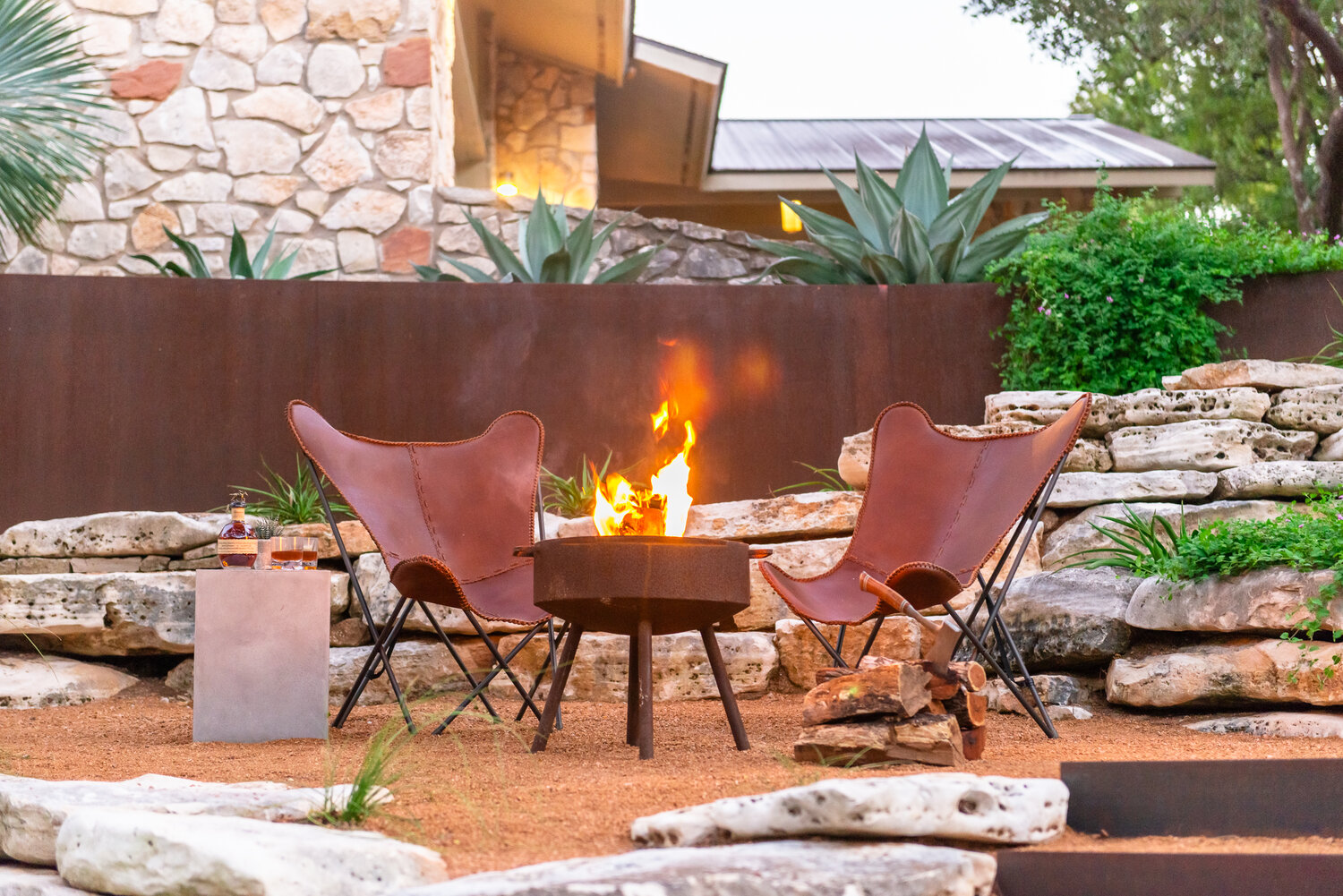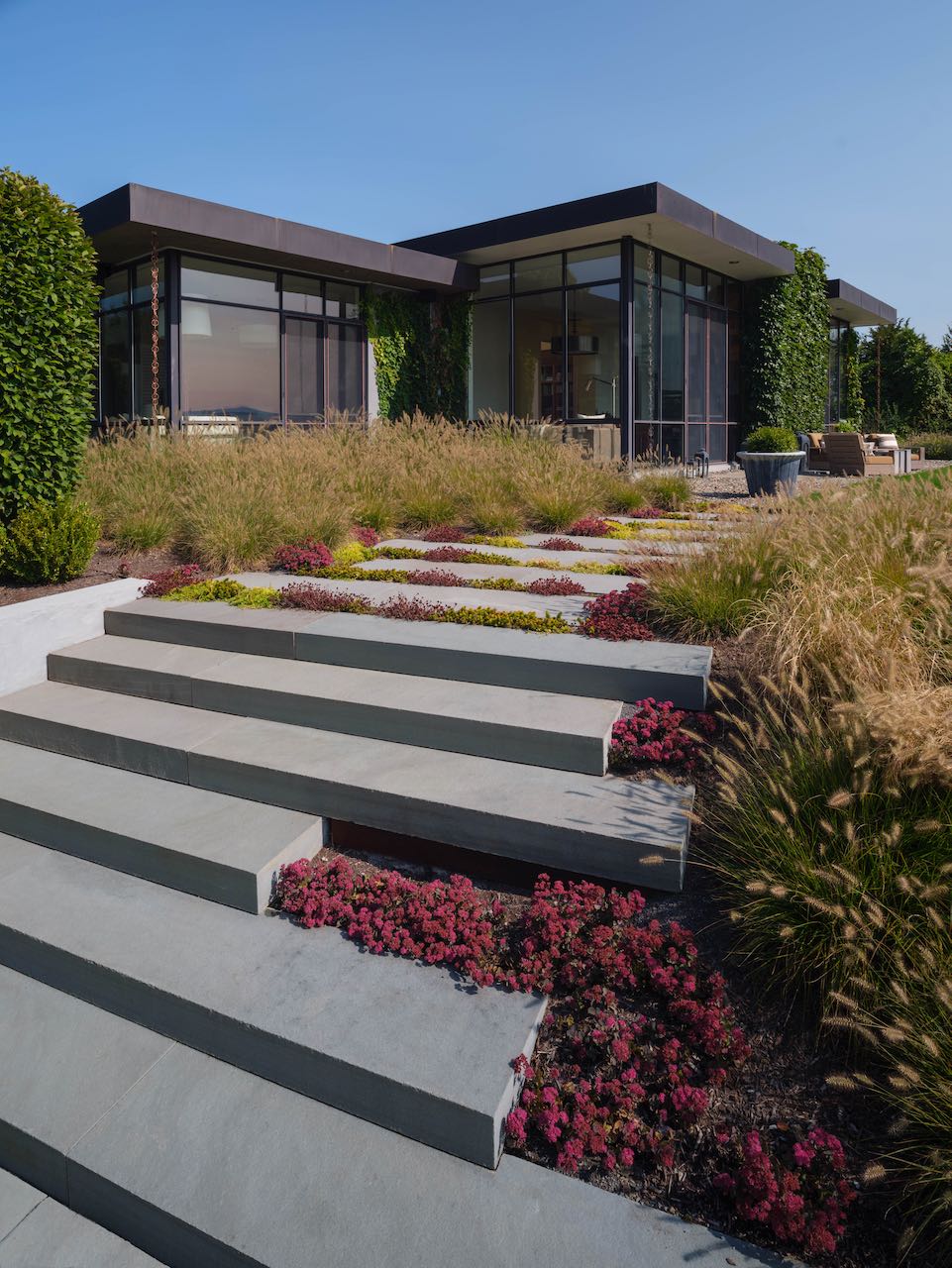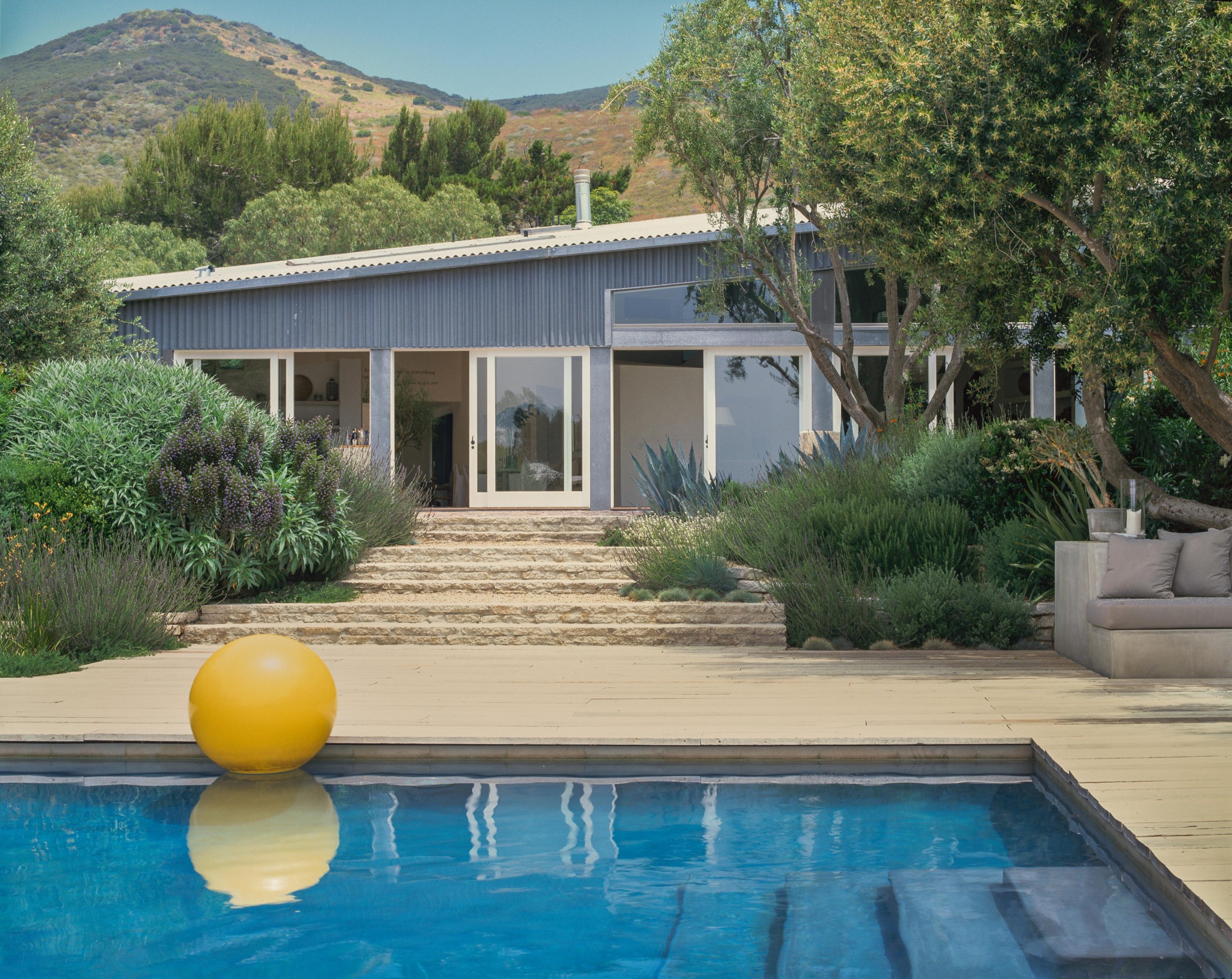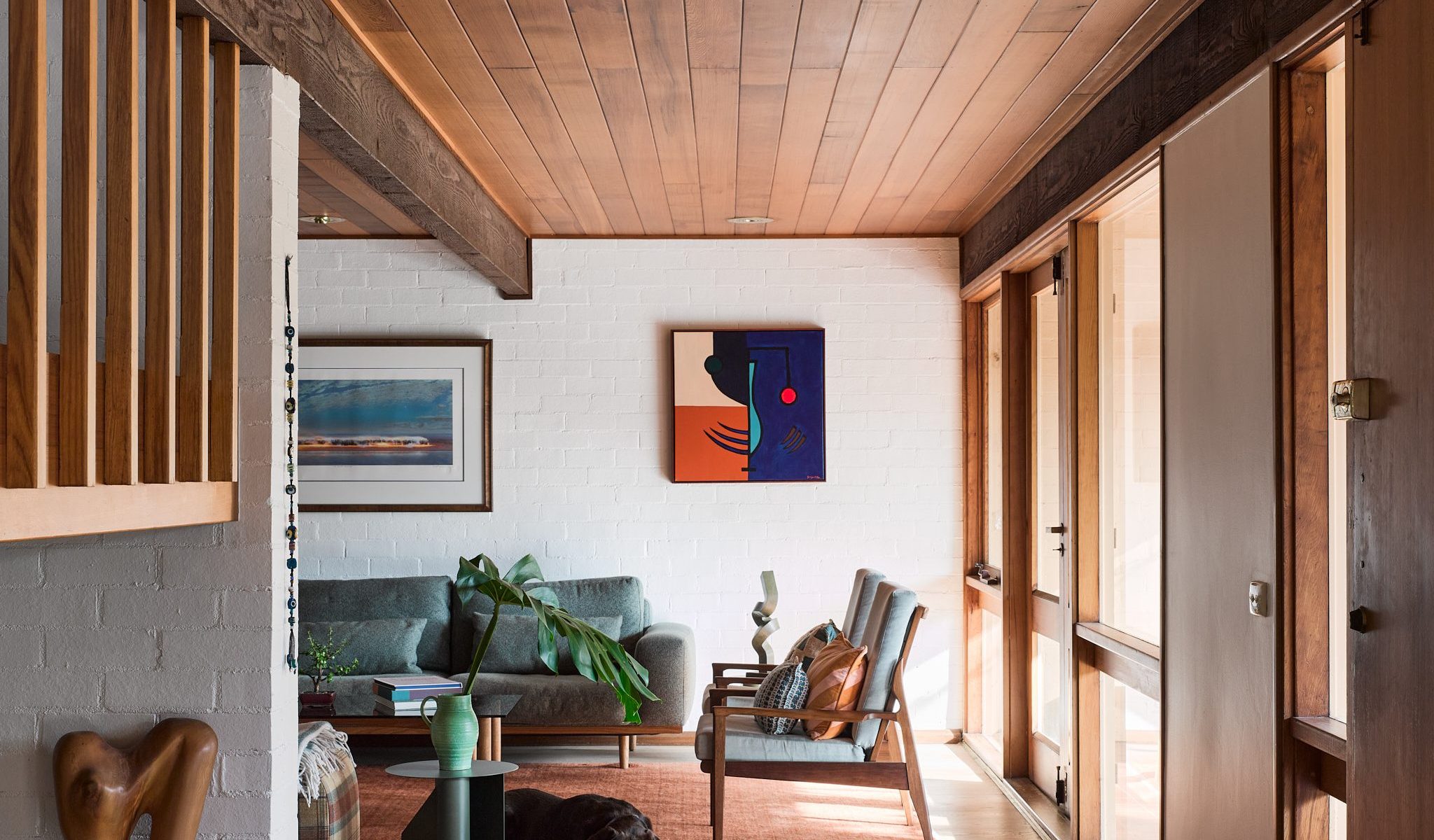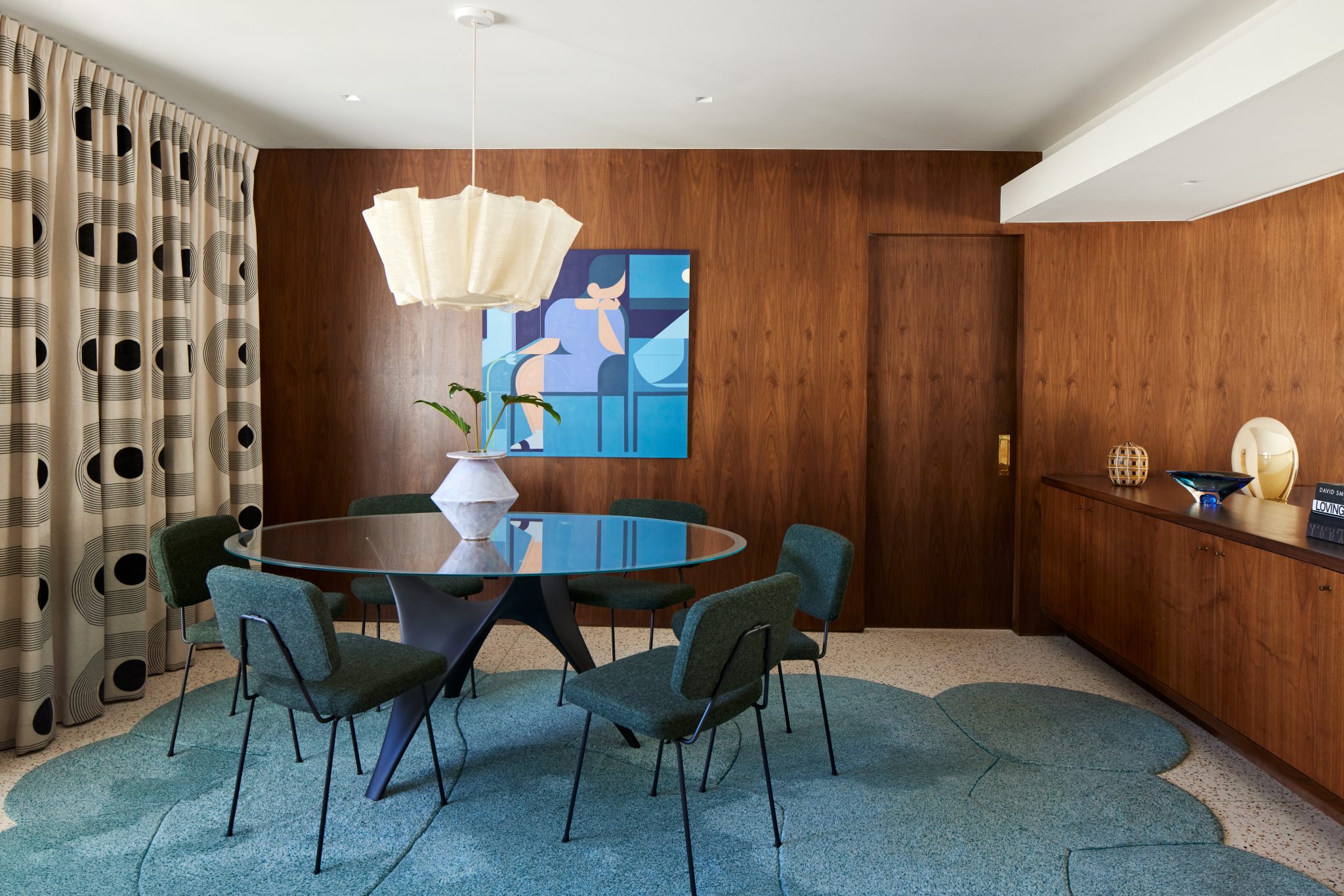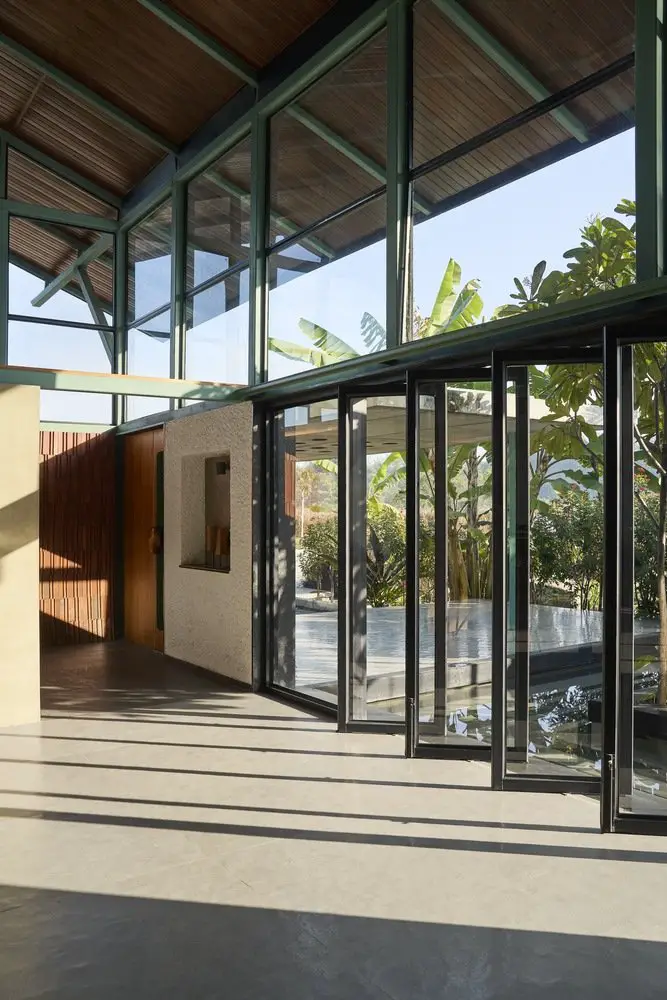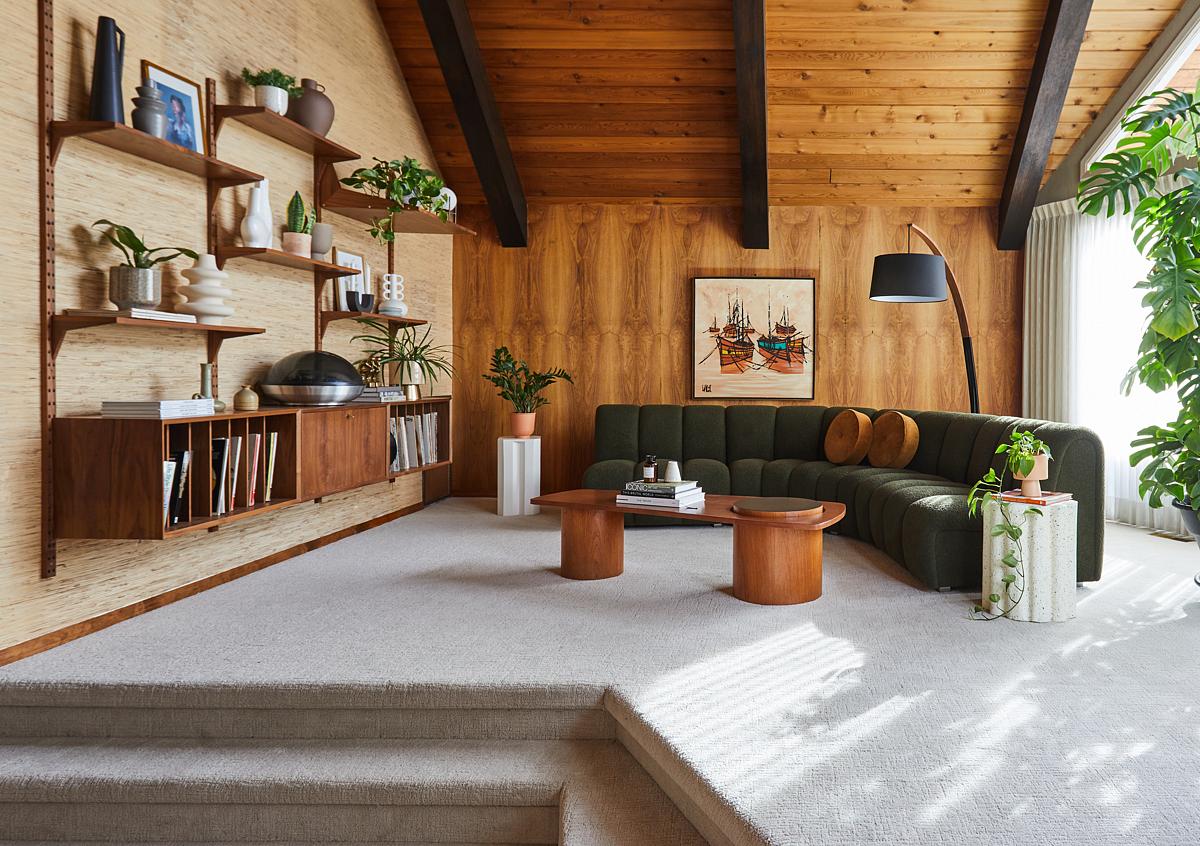
In Calgary’s inner city, a quiet architectural landmark has been brought into the present with sensitivity. Originally built in 1966 by the homeowners themselves, this mid-century home stood out for more than its maple-leaf-shaped footprint.
With handmade cabinetry, custom woodwork, and warm panelled interiors, it reflected a time when craftsmanship and design were deeply personal. But nearly sixty years on, the house needed more than preservation, it needed reinvention.
That’s where Mera Studio Architects stepped in. Tasked with a full-scale mid-century home renovation, the studio approached the project not as a redesign, but as a dialogue between eras. The goal was to bring the home up to speed with contemporary living standards while preserving the soul of the original architecture.
The team worked deliberately with materials that echoed mid-century aesthetics—terrazzo, warm-toned wood, vintage-inspired tiles—used in ways that felt clean, fresh, and considered. One of the most transformative updates involved replacing dated carpeting with terracotta tiles, infusing key spaces with warmth and texture. These subtle shifts helped the interiors feel grounded and enduring without slipping into nostalgia.
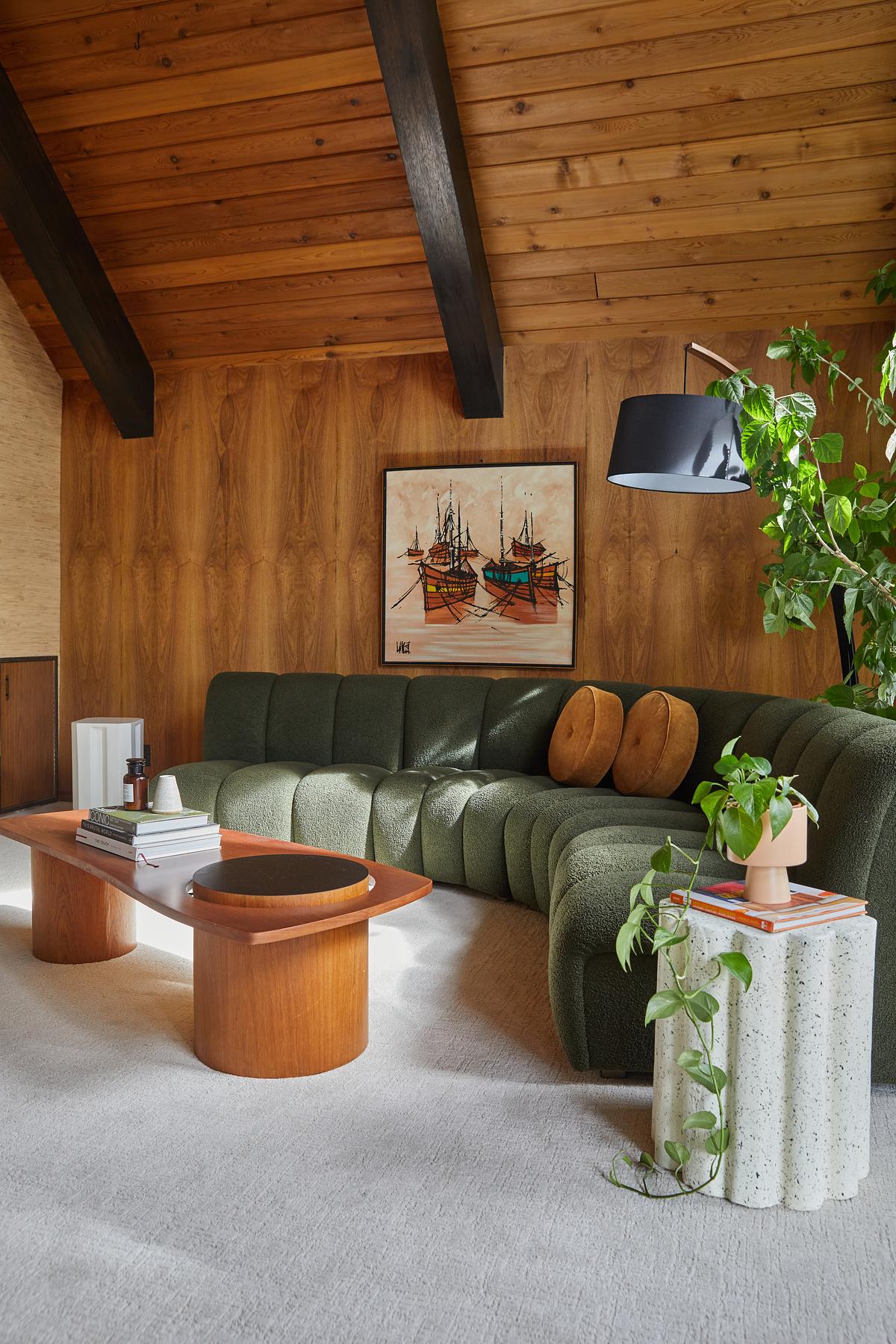
Improving how the home functions day-to-day was just as important. The original layout, while full of charm, didn’t support the flow or openness expected in a modern family home. Reconfiguring the kitchen was especially key. By opening up the space and refining the layout, the design team created a room that now feels effortless to use—intuitive and contemporary, while still in conversation with the past.
At every turn, the renovation emphasized clarity and restraint. The original wood paneling, a defining feature throughout the home, was preserved in its entirety. Not only does it anchor the interior, it provides continuity across decades of design evolution. This kind of restraint, paired with thoughtful upgrades to kitchens, bathrooms, and shared living areas, allowed the home to grow into the present without losing its identity.
Much of that balance came down to the homeowners themselves. Their clear vision and appreciation for mid-century design gave the project a strong sense of direction from the outset. Their stewardship of the property over the years ensured that many original details were intact and ready to be reimagined—not replaced.
